In this week's newsletter, I focus on consumer trends. After all, we build products and solutions for what people want and crave. I tweaked my approach a bit so you can quickly see why I think this trend or innovation is important for your business.
Too subtle? Too bold? Let me know in the comments! As always, I can be reached at this email for all suggestions, ideas, and tips on what you’d like to see.
— Greg
Spread a little love by commenting and don’t forget to share, if you find the information interesting!
Hi, I’m Greg, founder of NextStep [F&B] Studio. We help F&B brands and companies in China grow by implementing new F&B trends & innovations.
The Asia FoodTech Confidential Newsletter is my way to share what’s happening in the Food and Beverage industry with F&B professionals, FMCG experts, Tech entrepreneurs, and Investors with a focus on China and Greater Asia. Contact greg@nextstepstudio.co.
TODAY’S SPECIALS
1- Control your supply chain like a boss
2- Livestream to get closer to online customers who are buying online
3- Help your customers with multitasking
4- Less contact everywhere
5- Restaurants are looking for disruptive tech founders to get to work
6- Americans are eating like kids again
It’s fresh, it’s light, so let’s dig in!
WHAT’S NEW IN CHINA?
1 - How is China protecting its food supply chain?
“When the price of wheat goes up 50%, that’s noodles. That’s steamed buns. That’s bread.” said Richard Brubaker, Founder of Collective Responsibility, on SupChina. One-third of China’s corn comes from Ukraine, and along with wheat, maize, barley, and rice, its price has soared by an average of roughly 25% since the beginning of the Ukraine war. China has been learning fast and is already reworking its food issues, focusing on guaranteeing security and stability to the population. “They include a revamped country-wide initiative to curb food waste, efforts to boost grain storage, and plans to diversify food supplies away from the West to countries along China’s Belt and Road Initiative.”
2 - Look at what livestreaming is doing for coffee in China.
Livestreaming e-commerce is booming in China. Forbes has estimated the market segment was worth US $60 billion in 2020, and it certainly grew with the pandemic. Of course, you can have your barista showing off his skills, but promoting and selling coffee products is still the goal. Livestreams often involve well-known celebrities to push the sales of discounted products. Starbucks and Viya (薇娅), a famous livestreamer (before running afoul of the tax authorities) , sold over 160,000 coffee vouchers in 2019 within five hours… attracting over 4.4 million viewers within the first half-hour. One big take-away from this article is that “coffee consumers are more likely to trust and connect with a barista, rather than a salesperson.”
Now, we have chefs, wine experts, mixologists, baristas, (I know a KOL specializing in duck necks…), but what if this could be applied to any other key roles in the F&B industry?
3 - A laundry and wine bar? In Hong Kong, they are already doing it with coffee.
People are busy and trying to make the most of their time by multitasking. Why not make good use of painful, but necessary, tasks? Cynthia and Bryan Lok opened Clean in HongKong, a hybrid laundromat-cafe.
WHAT’S NEW IN THE REST OF THE WORLD?
4 - Self-checkout technology spreading quickly around the world.
Self-checkout is expanding quickly in grocery, as retailers offer more self-service options, from salad bars to ordering kiosks at the deli, and free up or replace workers for tasks robots can handle.
For example, 7-Eleven Japan uses contactless self-checkout kiosks with holographic displays. Beyond the fact that it takes up 30% less space than a traditional cash register, key for 7-Eleven locations, demand for contactless shopping has surged in Japan during the pandemic.
New technologies are already available to make sure the system will recognize an orange from a tangerine, with up to 92% accuracy. Other solutions are helping customers who skip scanning items. Read about it here.
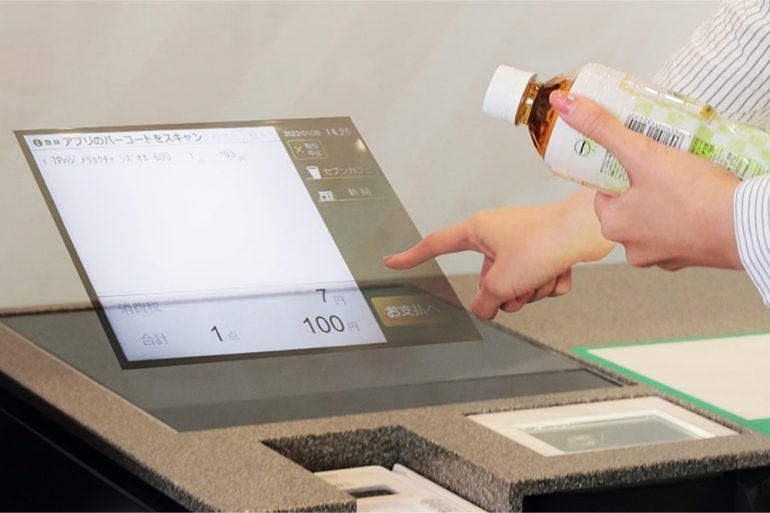
5 - VCs are turning up the heat on restaurant tech.
“Investor appetite continues to grow for “restaurant tech” companies as more restaurateurs digitize their ordering, payment and delivery systems. And next on the menu is the sector’s biggest tech challenge—the kitchen,” said Christine Kilpatrick on CrunchBase. There are plenty of pain points which still need to be solved, like labor shortages, competition, very thin margins, paper orders, printed recipes, … “By digitizing the kitchen, a restaurant can not only store recipes, track orders and manage inventory, but also reduce food waste, cut costs and tap new revenue streams.” This should keep on attracting tech interest to the F&B industry.
6 - Could Grandma’s recipes be the real competition for healthier meals?
Rice Krispies, mac-and-cheese, lasagna, and other nostalgic ‘comfort foods’ have never been more popular, while a mix of pandemic-related factors has made it tougher for startups to innovate,” says Chloe Sorvino in Forbes. While experts keep on reporting new innovations and trends (as we do), could it be possible that people just want something they are used to?
This survey, in the video below, reports on the trends from 2020 during the first year of the pandemic in the US.
“Apparently, Americans are eating like kids again” and new brands are having difficulties finding their customers.
Beyond Meat, Vita Coco, a healthier soft-drink company, Stryve, which manufactures air-dried jerky, and many others… all saw terrible performance since being of the pandemic. “At least 13 food companies went public in 2021, and almost all of them have tanked.” Even Oatly saw its revenue rise by 50%, though its market cap valuation dropped from US$10b to $3b. So, if the reality is that 2020 was bad and 2021 (and beyond) even worse, maybe we should just work on developing products like theKraft Mac & Cheese Ice Cream.
Talk to me about these stories and what it means for your business!
The FoodTech Confidential Newsletter is supported in part by:
Stcavish + Co is an F&B market intelligence company, specializing in firsthand research and other data-driven information about restaurants, hotels and more in China.
For information about our services, please contact stcavish@stcavish.com or see us on LinkedIn.
That’s it for now
As you can imagine, while doing my research, I am finding a lot more things that didn’t make the cut here (and some are going straight to LinkedIn). Let me know if you’d like to know more and drop me a comment, just reply to this email directly or contact greg@nextstepstudio.co.





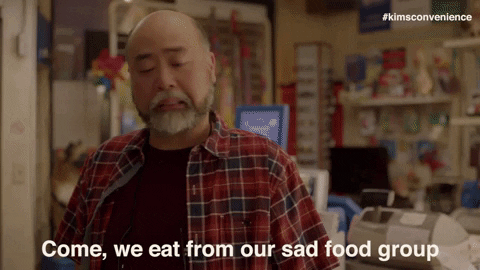
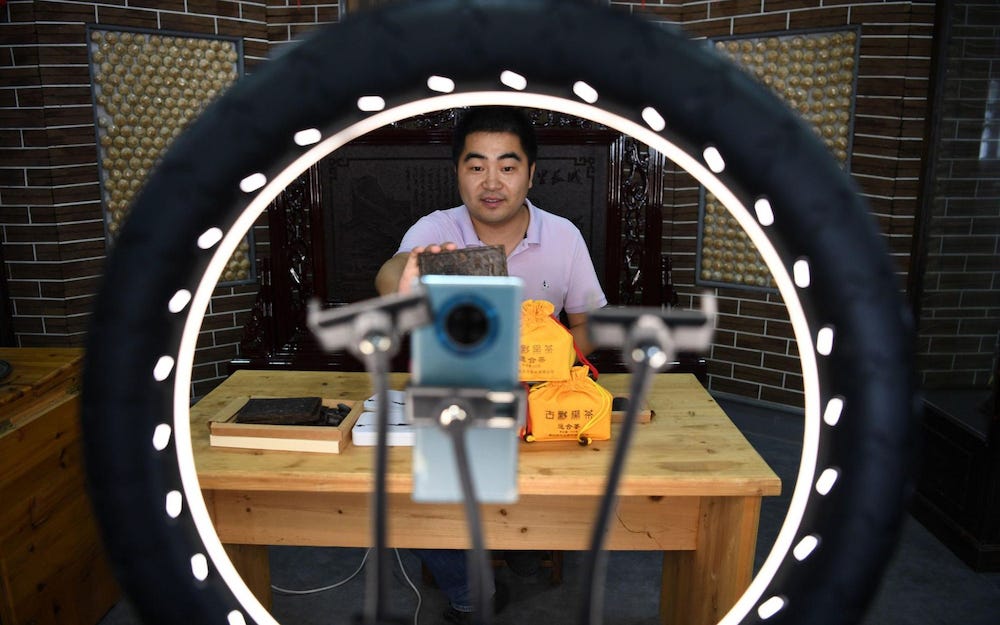
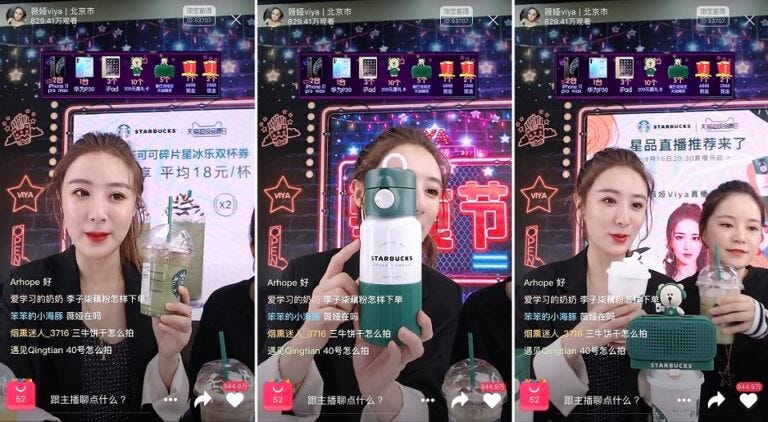

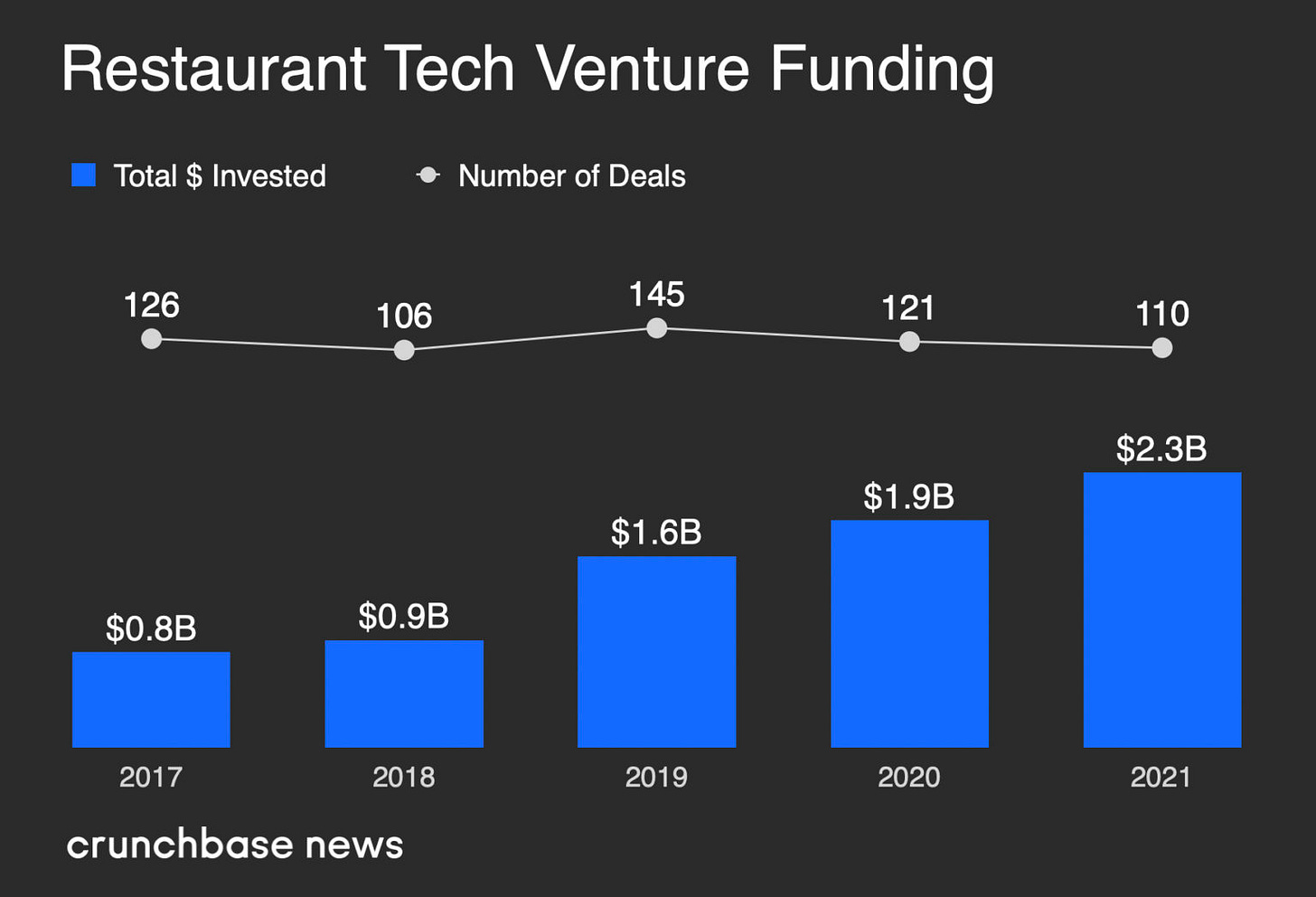
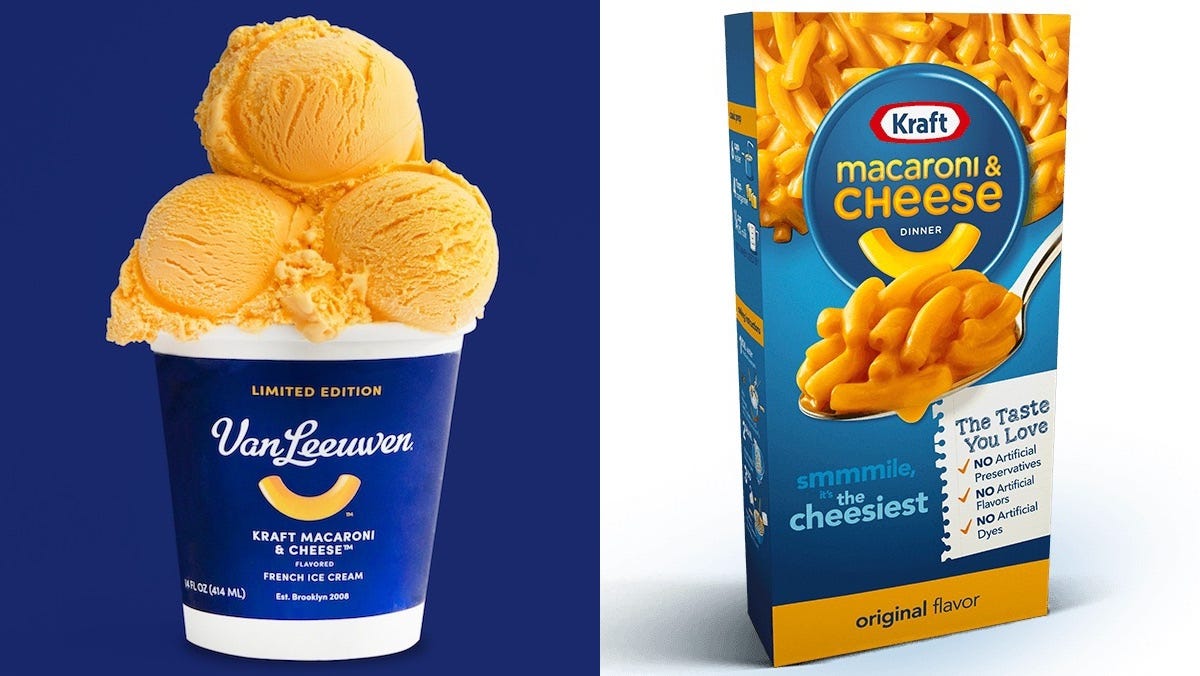

about the laundry and wine point, there is already a laundry and coffee shop space in Shanghai. The coffee shop is called Fuuya (nearby Changping Road, metro line 7). Although the coffee shop and the laundry look like different companies, my guess is that they are co-sharing the leasing agreement of that spot.